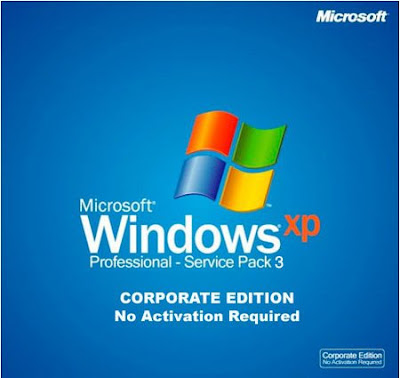Windows Xp Home Edition Hebrew Torrent
Mui ara xp home, mui ara xp home Xp Home Mui English Hebrew - File Download - Rapid4me.com xp home mui english hebrew:file search results 1 - 50 of 10000.
Generally, a download manager enables downloading of large files or multiples files in one session. Many web browsers, such as Internet Explorer 9, include a download manager. Stand-alone download managers also are available, including the Microsoft Download Manager.
If you do not have a download manager installed, and still want to download the file(s) you've chosen, please note: • You may not be able to download multiple files at the same time. In this case, you will have to download the files individually. (You would have the opportunity to download individual files on the 'Thank you for downloading' page after completing your download.) • Files larger than 1 GB may take much longer to download and might not download correctly. • You might not be able to pause the active downloads or resume downloads that have failed. The Microsoft Download Manager solves these potential problems.

It gives you the ability to download multiple files at one time and download large files quickly and reliably. It also allows you to suspend active downloads and resume downloads that have failed. Microsoft Download Manager is free and available for download now. • Windows XP Mode for Windows 7 makes it easy run many of your productivity programs that run on Windows XP on Windows 7. It uses virtualization technology such as to provide a Virtual Windows XP environment for Windows 7. Windows XP Mode provides a 32-bit virtual Windows XP Professional Service Pack 3 (SP3) environment.
This download includes a virtual hard disk (.vhd file) with Windows XP SP3 preinstalled. Client virtualization software, such as is required to use Windows XP Mode. Note: Upgrade from Windows XP Mode Beta/Release Candidate is not supported. Click for more information. • Windows XP Mode installation: • Download the Windows XP Mode installer. • Double click on the installer and follow the instructions to complete the installation. Note: We recommend that you save a copy of the Windows XP Mode installer for future, to restore the Windows XP Mode environment.
For example, you could burn the installer to DVD or save it to a backup media. If the files installed by Windows XP Mode gets corrupted or deleted, you will get an error while trying to start Windows XP Mode. You can then try reinstalling the Windows XP Mode using the installer that you have saved. Purebasic serial port example 1.
Do you regularly need to type in multiple languages in Windows? Here we’ll show you the easy way to add and change input languages to your keyboard in XP, Vista, and Windows 7. Windows Vista and 7 come preinstalled with support for viewing a wide variety of languages, so adding an input language is fairly simply.
Adding an input language is slightly more difficult in XP, and requires installing additional files if you need an Asian or Complex script language. First we show how to add an input language in Windows Vista and 7; it’s basically the same in both versions.
Then, we show how to add a language to XP, and also how to add Complex Script support. Please note that this is only for adding an input language, which will allow you to type in the language you select. This does not change your user interface language. Change keyboard language in Windows 7 and Vista It is fairly simple to add or change a keyboard language in Windows 7 or Vista. In Windows 7, enter “keyboard language” in the Start menu search box, and select “Change keyboards or other input methods”. In Windows Vista, open Control Panel and enter “input language” in the search box and select “Change keyboards or other input methods”. This also works in Windows 7.
Now, click Change Keyboards to add another keyboard language or change your default one. Our default input language is US English, and our default keyboard is the US keyboard layout. Click Add to insert another input language while still leaving your default input language installed.
Here we selected the standard Thai keyboard language (Thai Kedmanee), but you can select any language you want. Windows offers almost any language you can imagine, so just look for the language you want, select it, and click Ok. Alternately, if you want, you can click Preview to see your layout choice before accepting it. This is only the default characters, not ones that will be activated with Shift or other keys (many Asian languages use many more characters than English, and require the use of Shift and other keys to access them all). Once your finished previewing, click close and then press Ok on the previous dialog. Now you will see both of your keyboard languages in the Installed services box.
